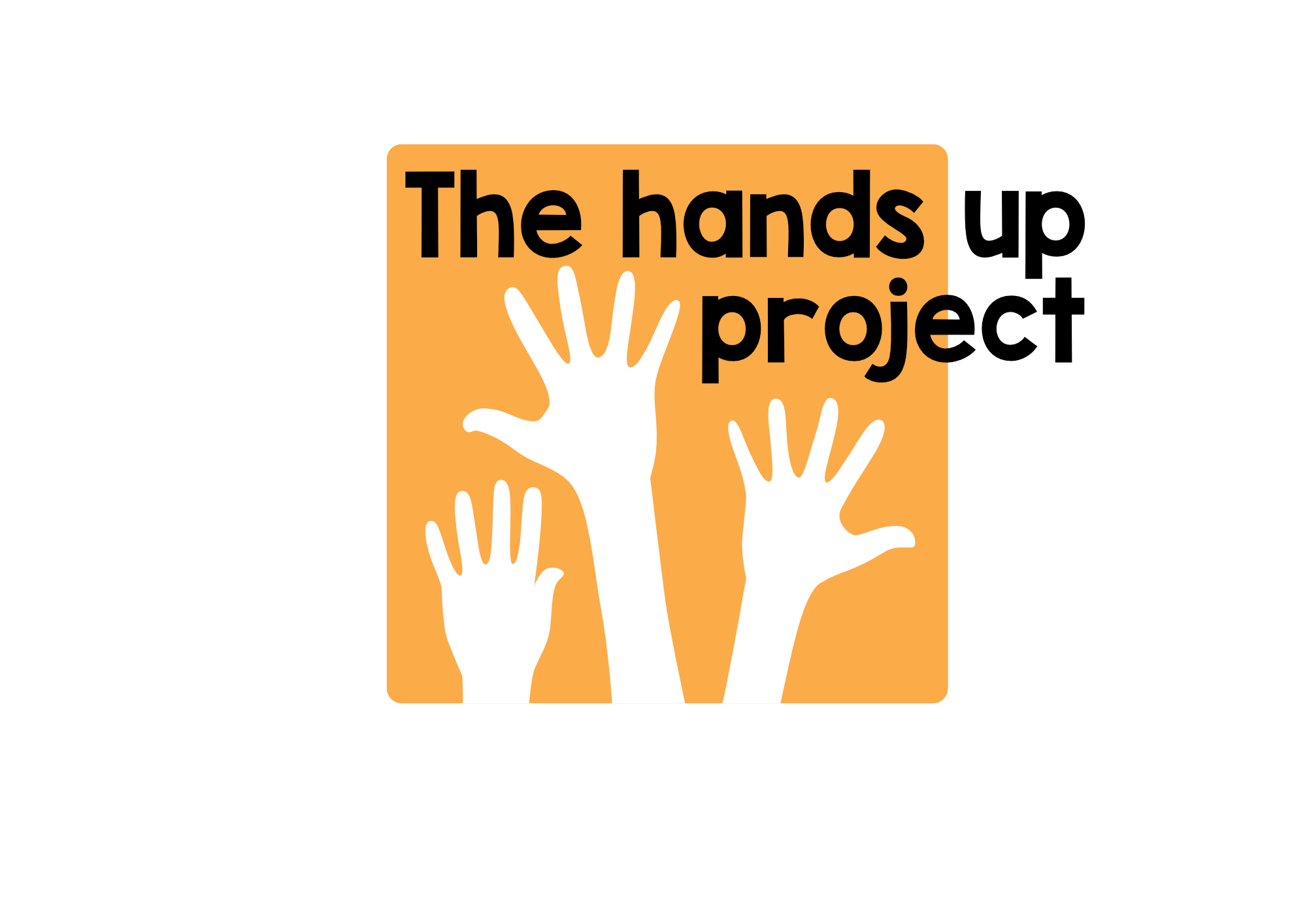How to make the most of your remote volunteer.
The last year has not been an easy one. We have all had to adapt, to question our habits, change our routines, in short to look at almost every aspect of our lives and wonder if they can somehow be done differently.
And that’s how team teaching came about. Suddenly, teachers no longer had access to their students. Students no longer had access to their schools. Education was thrown into a whirlpool and teachers with it. Personally, I spent a few weeks in panic trying to teach six-year-olds online. And the Hands Up Project came up with an ingenious solution – two teachers, in different parts of the world, working together to support English learners connecting from their homes in a way that was fun, creative and different. It was a learning process for us too. We were constrained by the limited interaction available to us over Facebook Live and our ingenuity was put to the test.
Here we are more than a year later. Students are still connecting from home. Team taught sessions are still running. Some of the teams are different. We’ve had experienced and less experienced volunteers all of whom have had to navigate their way through the peculiarities of developing relationships with people they’ve only ever seen on a screen. We’re the living proof that it can be done!
For one precious hour a week two completely different people with unique styles of teaching have come together with one aim. Or perhaps with slightly different aims? Certainly with different perspectives. What does a remote volunteer represent to their co-teacher in Palestine? And how can we best use the time we spend together? How can we bring the potentially dead space of the Facebook screen alive for our students?
These were some of the questions posed last week in a session called “How to make the most of your remote volunteer”. One of the great benefits pointed out was actually for Young Learner teachers who, especially in the planning stage, have the opportunity to speak a more complex level of English with their co-teacher. The opportunity for learners to witness and listen to simple interaction between the co-teachers was mentioned. The excitement of seeing somebody from another part of the world sharing in teaching the English for Palestine curriculum materials and opening the window to cultural interaction in the teaching context was another.
I really want to pick up on one of those points – the excitement. How can we keep that excitement and engagement alive? What is it that teachers can do with a remote volunteer on screen that they cannnot do without them? For me that is the absolute crux of the matter and one that we didn’t fully manage to answer. If we use presentations to the exclusion of spontaneous fun and interaction during the team-teaching sessions we are really missing an opportunity.
During a Facebook Live class, we need to continually invite students to participate using games and activities that can be modelled by both teachers. Variety is a crucial ingredient. If we confine our teachers and remote volunteers to a tiny box in the top right-hand corner of the screen, neither our unique teaching styles nor our individual personalities will be transmitted to our students. And they are what make team teaching so special.
I’d love to hear your thoughts on this subject.

